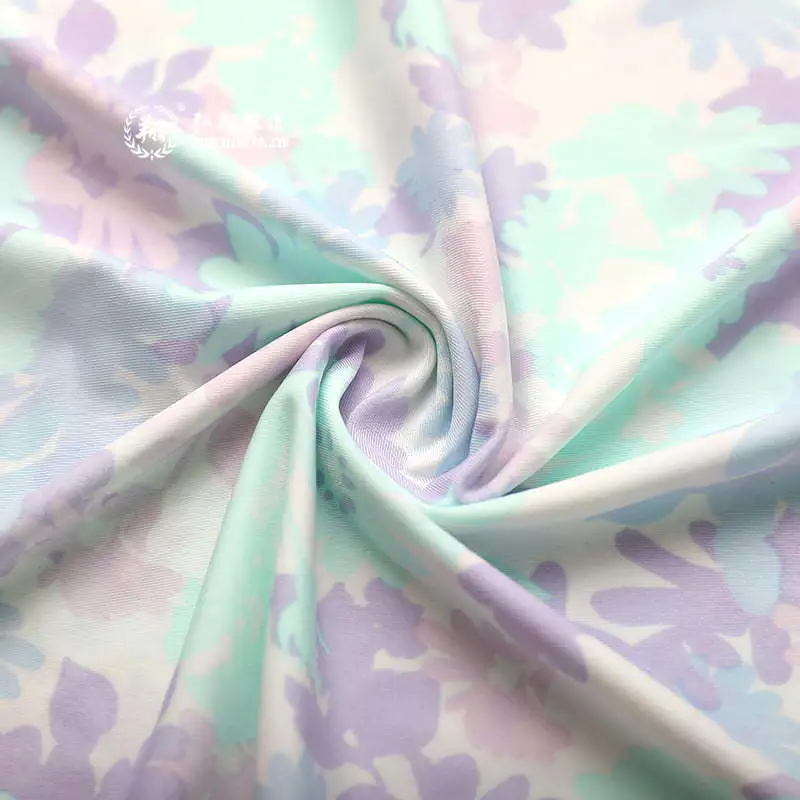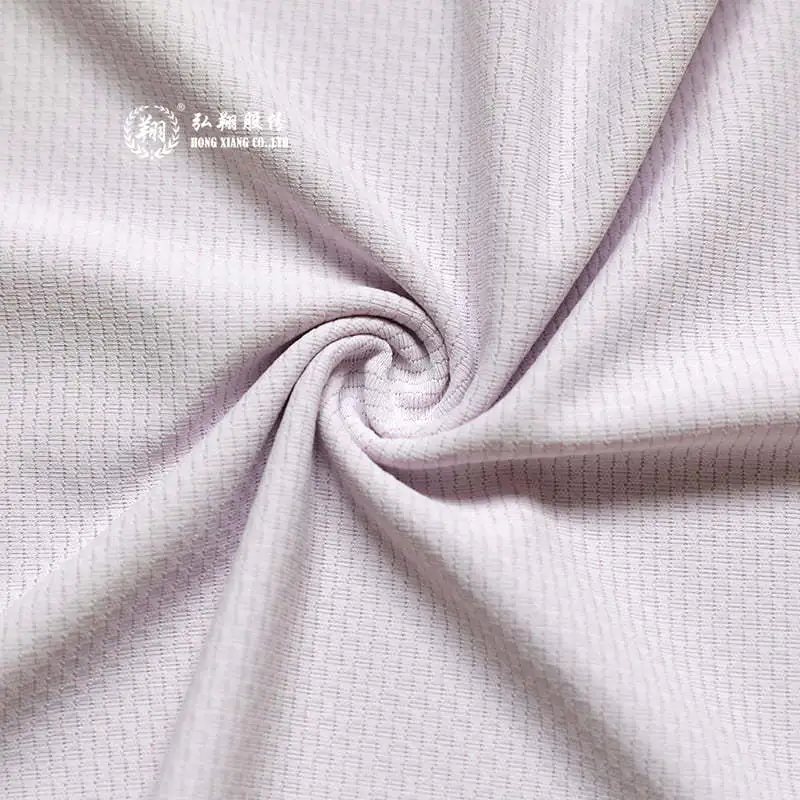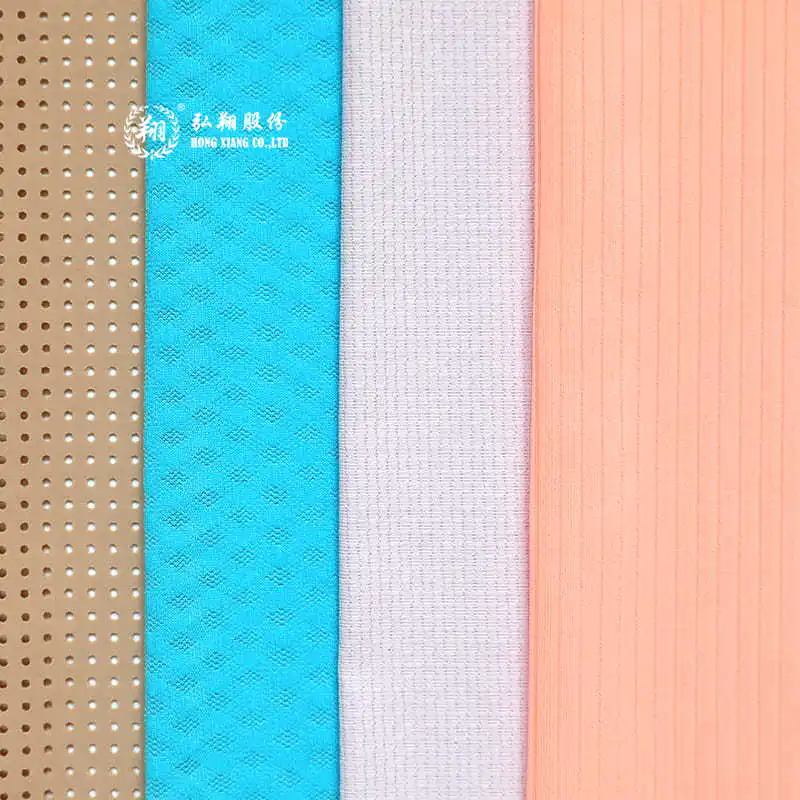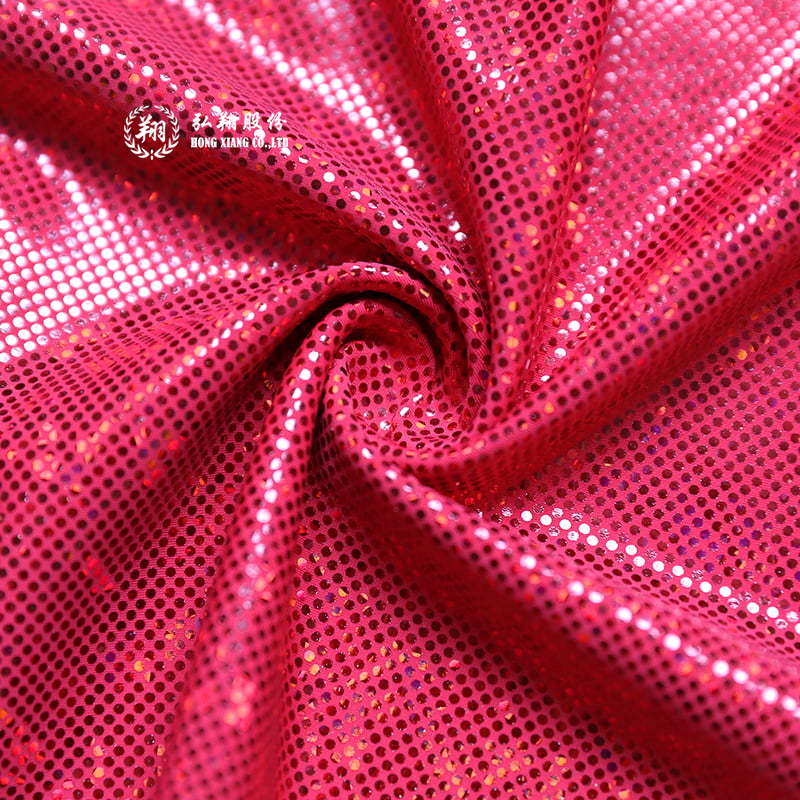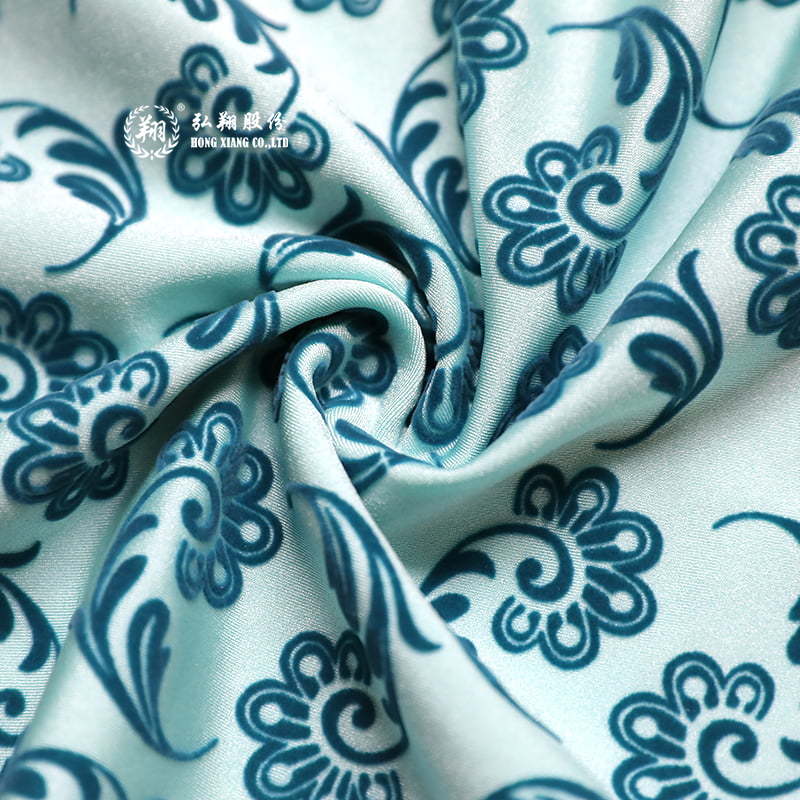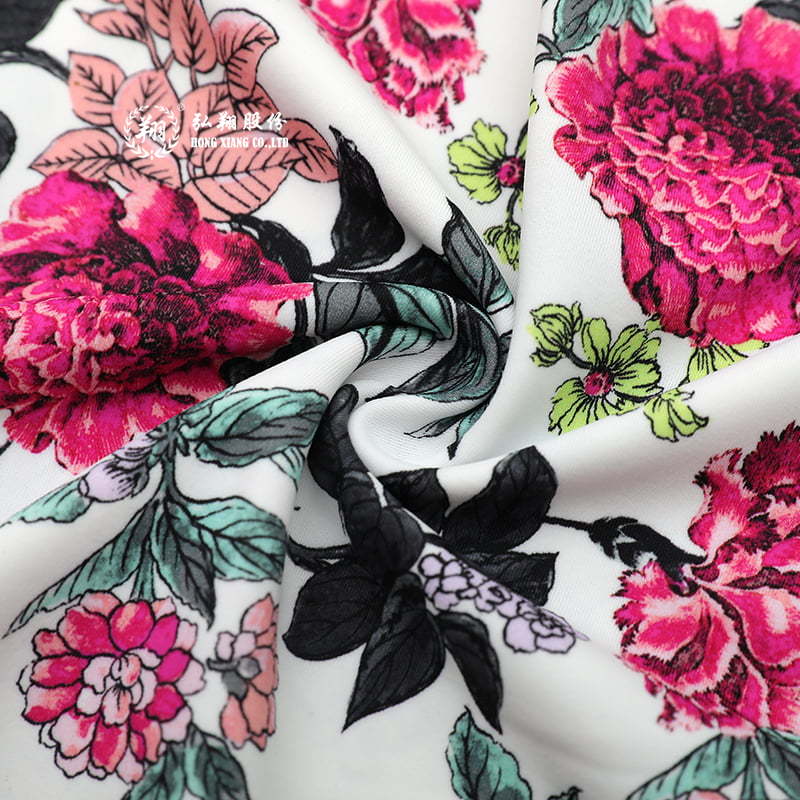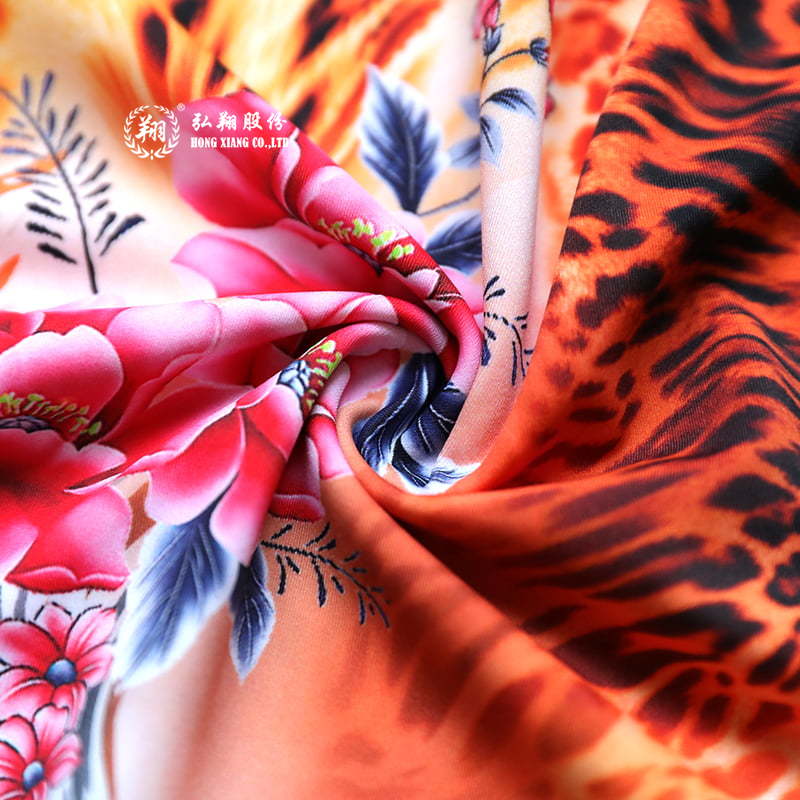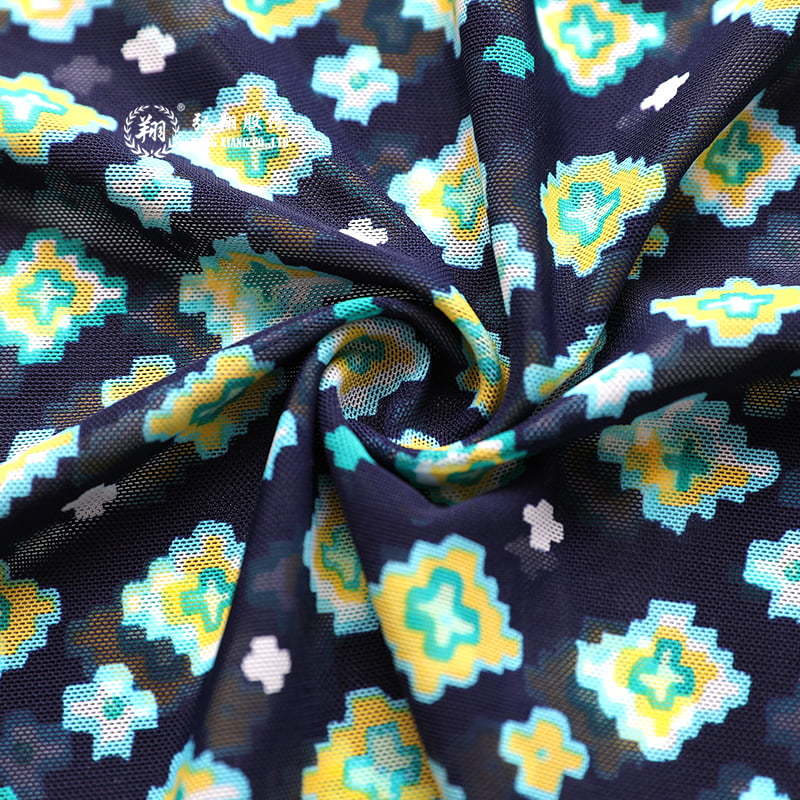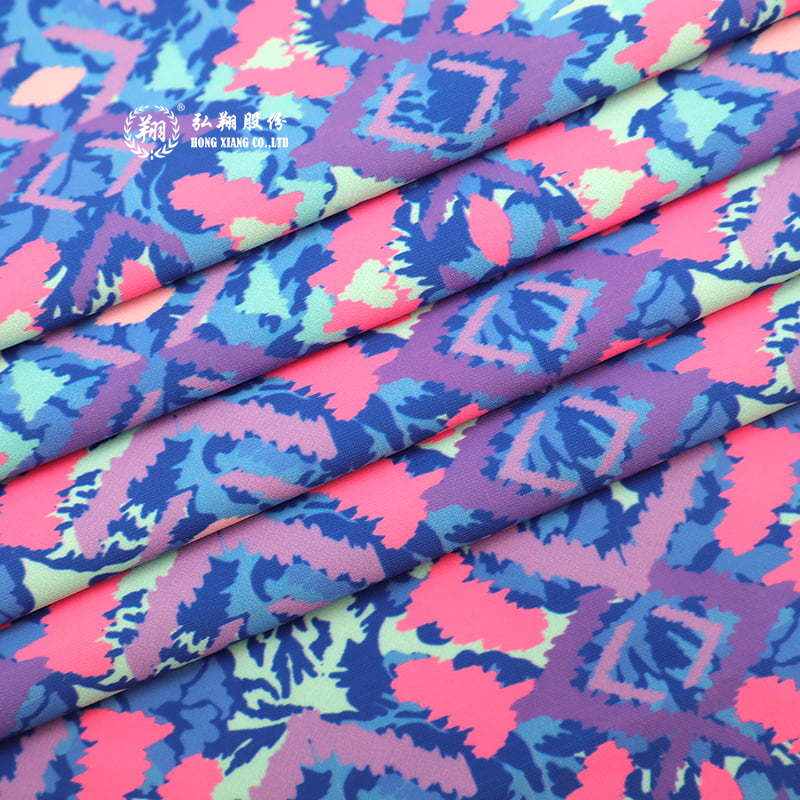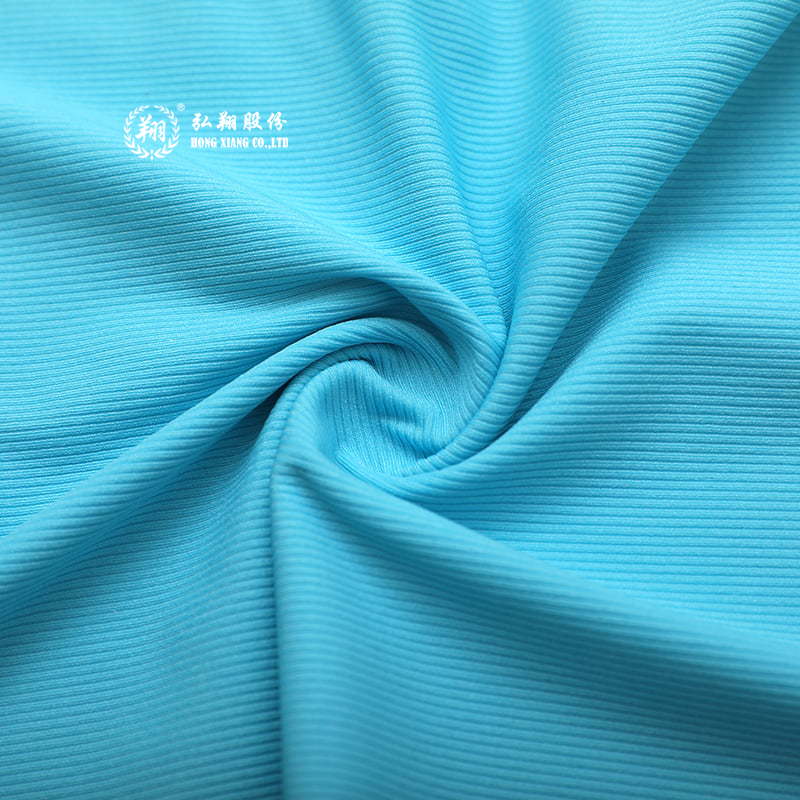China has always been the textile capital of the world. Home textiles, one of the three final product areas of the textile industry, has entered a rapid development channel since 2000, with an annual growth rate of more than 20%. With the gradual improvement of the design and technical level of Chinese enterprises, the huge consumption potential of the home textile market will be released.
Yang Zhaohua, president of the China Home Textile Industry Association, said in an interview with a reporter from "China Enterprise News" that the national "big textile" pattern has taken shape, and the industrial chain has become increasingly clear and complete. The huge market has given birth to "aircraft carrier" styles. Industrial clusters, they have sprung up like bamboo shoots after a rain. At present, there are 25 home textile industry clusters in my country. Mainly distributed in Zhejiang, Jiangsu, Anhui, Shandong, Hebei and other places, the geographical characteristics are very obvious.
Shandong: government support, with backbone enterprises as the leader
Shandong Province has always been the hometown of cotton, and at the same time the birthplace of "Lu embroidery", with a long history of home textiles. In recent years, Shandong has paid attention to the cultivation of industrial clusters and the extension of the industrial chain. It has formed a huge home textile industrial cluster centered on Wendeng, Binzhou, and Gaomi, and has created a number of livelihoods such as Vosges and Yaguang. A hard and loud brand.
In the process of cultivating and guiding the development of home textile industry clusters, the industrial clusters in Shandong mostly adopt the combination of market guidance and government promotion, the cultivation of pillar industries and the development of industrial clusters, and the combination of strengthening the cluster economy and sustainable development, and promote The rapid expansion of the scale of the home textile industry cluster and the accelerated upgrading of the industry.
Among them, government support is the direct cause of the formation of Binzhou home textile industry cluster. Since the new concepts of "China's Cotton Textile Capital" and "China Home Textile Manufacturing Base" were put forward in 2002, Binzhou City Government has continuously promoted the development of Binzhou home textile industry clusters based on the new textile trade pattern and its own advantages. The overall idea of extending the textile industry chain in Binzhou City was determined: market-oriented, independent innovation as the driving force, and backbone enterprises as the leader, linking small and medium-sized enterprises and village households to establish a complete chain, structural optimization, related supporting facilities, and benefits The obvious characteristic textile industry chain supports the rapid and healthy development of Binzhou's textile industry.
Jiangsu and Zhejiang: mainly small and medium-sized enterprises, spontaneously forming industrial distribution centers
"There is heaven above, Suzhou and Hangzhou below; between Suzhou and Hangzhou, there is my Yuhang". Yuhang's textile industry has a long history. After years of development, Yuhang home textile industry has begun to take on the characteristics of an industrial cluster. In 2002, Yuhang District became one of the first industrial cluster pilot areas of China Textile Industry Association; in 2009, it was listed as one of the 21 industrial cluster transformation and upgrading demonstration areas in the province. At present, home textile products mainly include curtains, sofa art, bedding, etc. There are 400 to 500 home textile enterprises above designated size in the district, with more than 50,000 employees.
At present, the home textile enterprises in Nantong, Jiangsu alone account for 70% of the national textile industry, forming the largest domestic textile product research and development, production, and distribution base. Among them, Dieshiqiao in Sanxing Town, Nantong is showing a pattern of "sector economy", and a number of leading home textile companies have shown their leading role.
Today’s Dieshiqiao home textile industry covers Haimen, Tongzhou, Nantong counties (districts), and more than 10 towns, with more than 500,000 employees. The products sell well in more than 200 large and medium-sized cities across the country, and are exported to Romania, Russia, More than 20 countries and regions including South Africa.
The home textile industry in the Yangtze River Delta represented by Zhejiang and Jiangsu is often spontaneously formed in the initial stage of the local traditional economy. The scale of the enterprise is small, the products are extensive, the homogeneity is serious, and the awareness of intellectual property rights is weak. With the strong support of the local government in 1988 and the solid foundation of its own, the overall home textile industry cluster in this area has been greatly improved.
Anhui: original "company + base + farmer" model
Anhui Home Textiles number Yuexi. It is understood that Yuexi hand-made home textile products mainly include quilting craft quilts, health-preserving shoes, silk and clothing, etc., which are rich in handicraft characteristics. They use cotton cloth, cotton linen cloth or silk as the main raw materials and adopt cutting, stitching, stitching, placarding, and embroidery. , Panhua and other craftsmanship refined.
Different from the industrial clusters in other regions, the unique environment has created the development of the home textile industry in Yuexi. Yuexi County is located in the southwestern border of Anhui, with a total population of 400,000. It is a key county for poverty alleviation and development. Among the 400,000 people in Yuexi County, nearly 70,000 people work outside the country. The male-dominated labor force has shifted to coastal cities, forming a gender division of labor in rural areas where women are left behind. Left-behind women have shouldered the burden of life and become a disadvantaged group in society. The rise of the home textile industry is undoubtedly one of the guarantees for the life of this group.
It is understood that the handicrafts and home textile enterprises in Yuexi adopt the model of "company + base + farmers" to support farmers. Each branch company covers more than 200 farmers, directly driving more than 30,000 farmers, with a population of more than 100,000, and an average annual income increase of 3,000 per capita. Diversity has enabled a large number of local farmers to get rid of poverty and gradually embark on the road of prosperity.
According to the relevant person in charge of the Anhui Provincial Economic and Information Commission, from January to February this year, the province’s textile industry achieved a cumulative added value of 6.75 billion yuan, a year-on-year increase of 9.6%. Undoubtedly, there is a contribution from Yue Xi here.
"In the next step, Anhui Province will focus on promoting the structural adjustment of the textile industry, secure access to the industry, strictly control new cotton spinning capacity, orderly transfer excess capacity, and eliminate outdated capacity; cultivate and improve the industrial chain of apparel, home textiles, and industrial textiles. , Expand and strengthen these three terminal products; develop the printing and dyeing industry appropriately, increase the added value of textiles, and promote the sustainable and healthy development of the textile industry.” The above-mentioned person said.
